Mad Max: Fury Road is arguably one of the most memorable movies of 2015, for a number of reasons. And after having extensively played the eponymous video game released the same year, I feel like it is going further and deeper into human madness than the movie ever went.
Warning: This article contains heavy spoilers both for Mad Max: Fury Road and Max Mad the video game.
First of all, I’ve been mesmerized by the visual aspect of Mad Max: Fury Road. Everything from the photography to the action itself including the vehicles was top notch. The vehicles particularly got my attention because, as I would learn later, all of them were actually working. The Big Rig dual-V8 engines? Working. The flaming guitar? Working. The mini-tank? Working. Many a technical hurdle had to be overcome in order for the 60 mp/h (100km/h) chases to be shot, and the result is a credible world because the vehicles are genuine.
I haven’t been impressed as much by the scenario nor the characters. Not that I didn’t appreciate the feminist angle with a powerful heroine who is attempting the actual saving, but I felt it didn’t fit the general mood of the Mad Max franchise since Max clearly isn’t necessary to the plot in this movie. Captured in the first few minutes, he has to be freed by Imperator Furiosa whom he puts the long planned rescue mission in jeopardy. Then he eventually gets rid of the Bullet Farmer off screen, and then he leaves without his iconic car.
But more importantly, Mad Max: Fury Road introduces hope to a series that really wasn’t about that. The first movie was about grief and revenge and running away, the second was about the meaning of life and running away, the third was about inequality and running away again. Mad Max: Fury Road let me think it was about sexism and running away, but after the first half of the movie, it quickly got turned around to redemption, hope and justice, which of course have their place in movies, I just wasn’t expecting them in a Mad Max movie.
Enters the eponymous video game. Exit the female heroine, supposedly busy trying to get a devastated economy back on track at the Citadel, we find Max Rockatansky who gets captured again by raiders. The player then will be able to drive him in a stunningly cinematic fashion around various desert environments, blowing up everything he can run or punch on except a few allied strongholds that he can help improve to get bonuses.
It feels like a classic video game progression, except the writing is good enough so that the NPC aren’t constantly patting Max on the back for its sparse help. Most of what he does goes towards putting a ride together for himself to get out of this desolated corner of the world, and the little he spares for his allies is described has having little to no real effect on their eventual survival.
My personal favorite side quest sees Max helping build a sailing vehicle so that part of the population of a damaged stronghold can get beyond the The Big Nothing, an ocean floor whose water has been long gone from. After the completion of the quest and the contraption sails in the distance, the NPCs staying at stronghold will emit remarks like “They have no chance, they’re doomed” and “What about us who are staying?”.
The video game ending is in the same vein, both satisfying from a gaming standpoint while being pretty sad story-wise. Interestingly, some usual open world features like collecting enemy cars or the demented races perfectly fit the Mad Max universe where there’s little sense at all except showing off. Even the leveling up mechanism involving a cryptic man speaking in metaphysics riddles to Max fits right in.
On the whole I’m glad that George Miller got the chance to make a fourth movie in the Mad Max franchise because it helped create the most fascinating gas-powered vehicles that I’ve laid my eyes on and a riveting video game that entertained me way more than the movie it’s drawing its inspiration from. The movie was good, the video game was better.
This article was first published on Mr Petovan's blog on May 22nd, 2017.
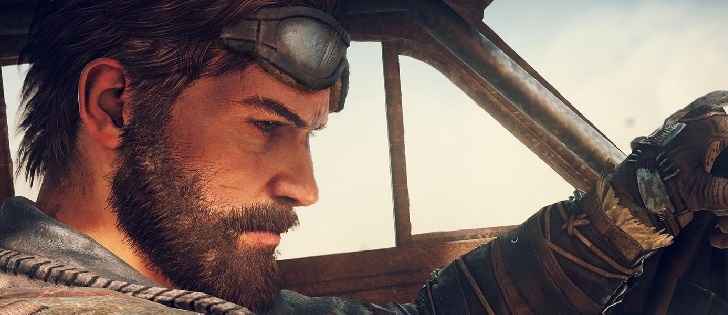
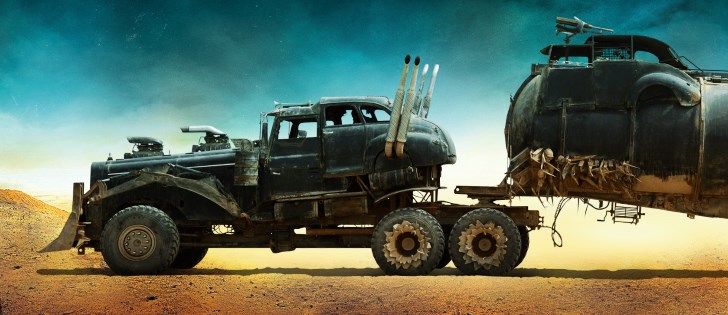
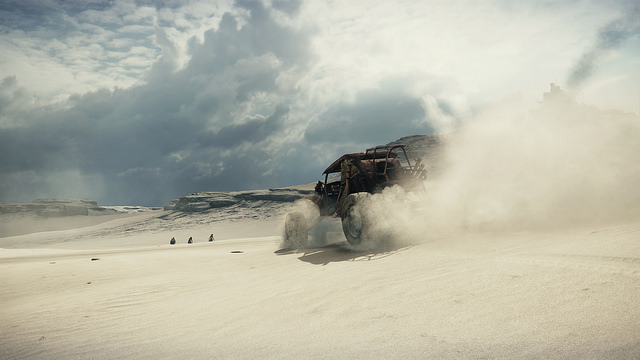
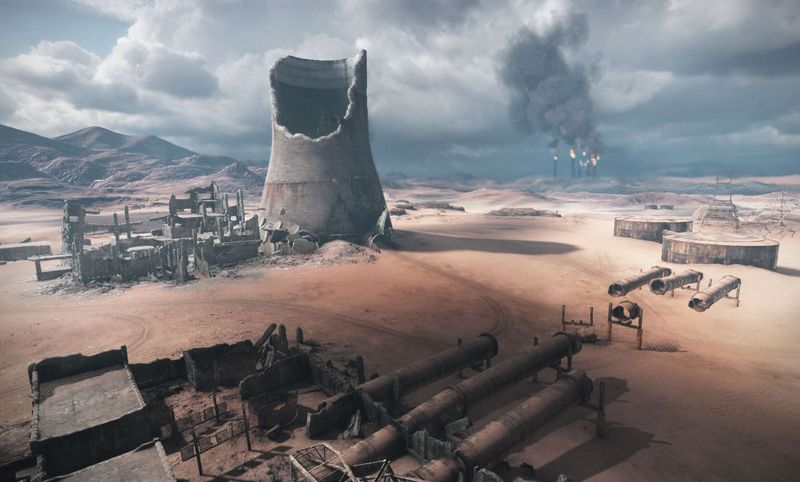



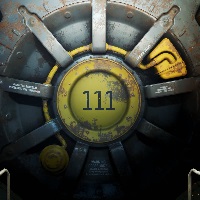


0 Comments